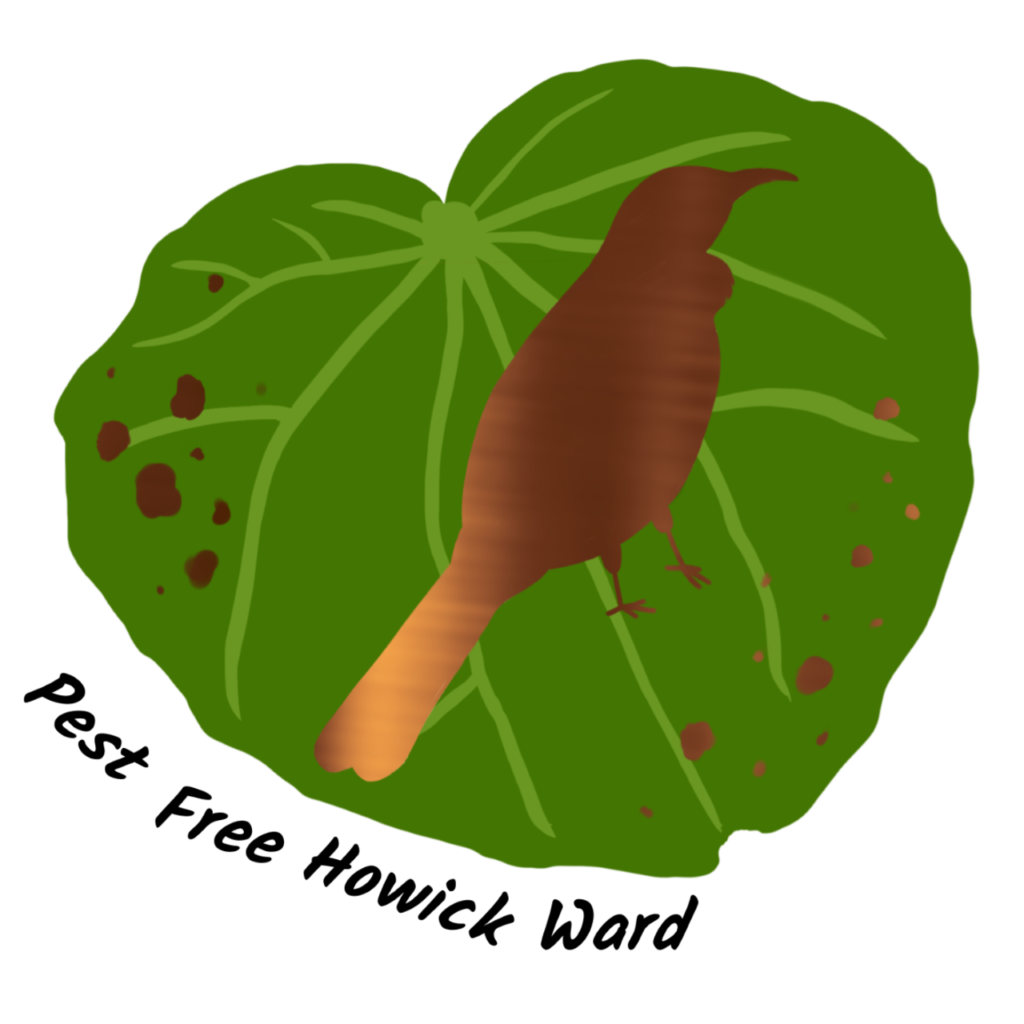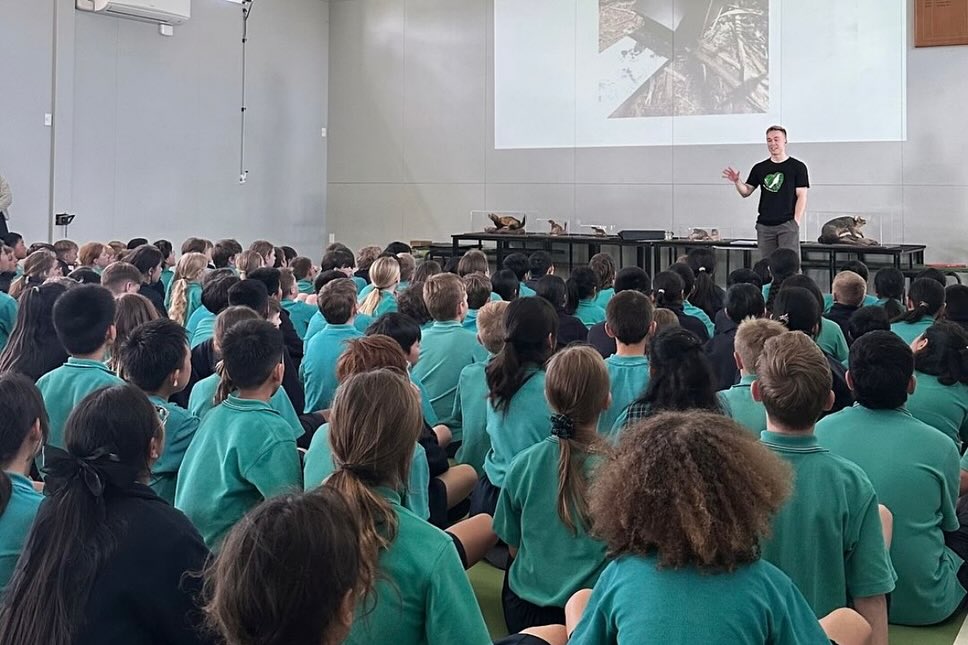
Primary School Cadetship -
wētā
4 weekly sessions (1 hour each)
Years 4-6
Focus on home and neighbourhood
The primary school cadetship is divided into four sessions:
- Introductory session: students are introduced to the range of species in New Zealand and some of the threats they face. The key activity for this session is the ‘in and out’ game where students create work as a team to build a model ecosanctuary, and in doing so, gain an understanding of the full range of pests and native critters in New Zealand.
- Treasuring our environment: students learn about a small section of New Zealand’s unique biodiversity, including birds, insects, plants, amphibians, and reptiles. They are introduced to these species through an informative talk from the session facilitator, short documentary clips, and hands-on activities.
- Meeting the pests: students learn about the key mammalian predators, the threats they pose to native species, and the backstory of how each pest arrived in New Zealand. A highlight of this session is getting to learn about these pests using Pest Free Howick’s taxidermy collection.
- Reflection & taking action: students reflect on their learnings and design their own mini action plans to take home and implement. Action plans have previously included lizard gardens, chew cards, trakka tunnels, and backyard trapping with parental support and permission. We encourage students to get creative in this session by brainstorming ideas for new conservation solutions and technologies.
From enviro groups to classrooms: Whilst the cadetship is typically aimed at small groups of highly engaged students (i.e., enviro teams and councils), the programme has also become increasingly popular with year 5-6 classes. Our largest group to date was Shelly Park School which we visited in late 2024, consisting of 5 classes, totalling 180 students. Students began the first half of each 1.5 hour session doing activities, playing informative games, and hearing from the Pest Free Howick team. The learning also continued during and beyond the second half of each session. For instance, students might pick a species of interest to research and then put together a presentation for the class at a later date.

© Copyright 2024 - PEST FREE HOWICK WARD
A Howick Local Board funded project

